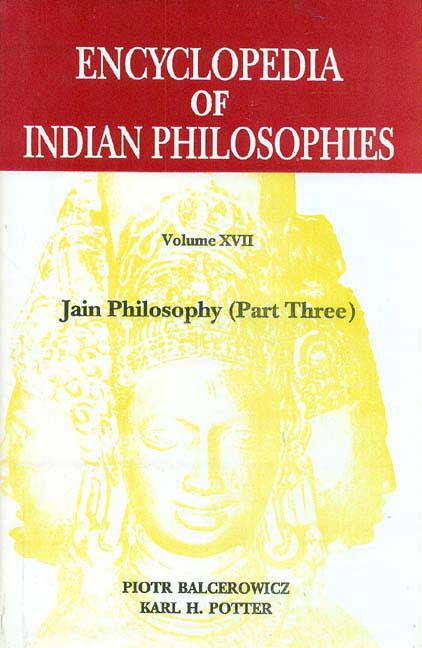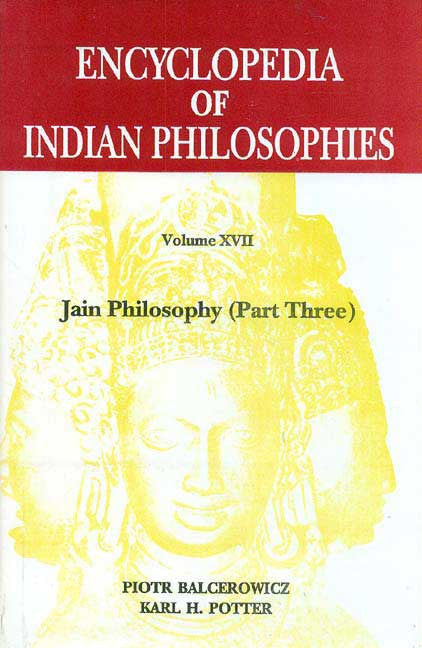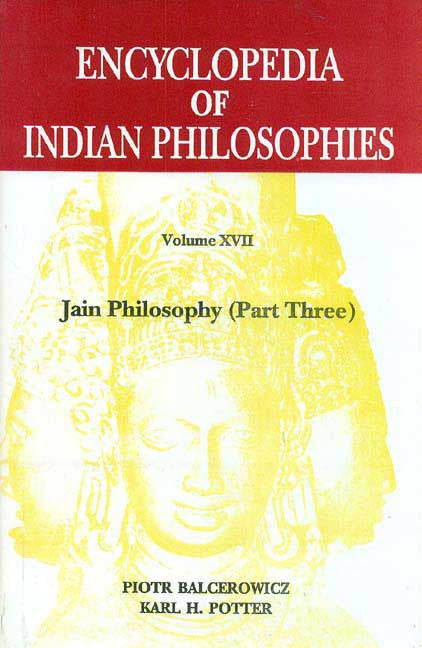Encyclopedia of Indian Philosophies, Vol.17: Jain Philosophy (Part Three)
Encyclopedia of Indian Philosophies, Vol.17: Jain Philosophy (Part Three) is backordered and will ship as soon as it is back in stock.
Couldn't load pickup availability
Acontribution of Janinism to Indian philosophy which seems most stimulating, inspiring, debated and controversial, one which provoked the most opposition from other systems of India, is beyond doubt the doctrine of multiplexity of reality (anekantavada). Indisputably it is also the most
interesting Jaina contribution to Indian philosophy. The doctrine involved both a very particular realist ontology as well as a corresponding epistemology that was structured in such a way as to most aptly handle certain ontological presuppositions.
The Jaina ontology entailed by the doctrine of multiplexity of reality (anekantavada) viewed the
world structure as consisting of four interrelated aspects: substance (dravya), quality (guna), mode (paryaya) and ineffable, transient occurrence (vivarta, vartana, often overlooked in both Jaina expositions of the theory and in analyses carried out by modern researchers). Howerver, the point to emphasise is that things, especially when conceived as substances, were believed to preserve their identity and in this aspect they were immutable and permanent. At the same time,
however, when conceived as modes, they appeared to change and transform continuously. This
seemed to have led to contradictions in ontology. Besides, in order to explain the process of change, Jaina ontology also distinguished three modes of existence, that actually co-existed: origination (utpada, udaya), continued existence (sthiti, dhrauvya) and cessation, or disintegration (bhanga, vyaya, japavarga). These four closely corresponded to the Buddhist SarvastivadaÃs and AbhidharmaÃs four (or three) conditioned factors, known as
ïmarkersà (samskrtalaksana)„origination (utpada), continuity (sthiti), deterioration (jara, vyaya) and extinction (bhanga, nirodha).
Volume Seventeen concludes the series of the Encyclopedia dealing with jain philosophy (Volumes 10,14 and 17) bringing its development to the present day. In his Introduction, Piotr Balcerowicz provides a formalized classification of the basics of the Jain theory of seven-fold modal description (saptabhangi or syadvada), which, as he explains. "gives a complete account of all perspectives relevant in the verbal description of a thing."
Review(s)
About the Author(s)
Piotr Balcerowicz, of no nationality ( which he emphasizes), presently at the Institute of Oriental Studies, Warsaw University, Poland, specializes in Indian Philosophical tradition, with emphasis on Jainism; he teaches Sanskrit and Prakrits, and lectures on Indian philosophy and religions as well as on intercultural relations and contemporary history of Asia. He published extensively on Indian philosophy, and also on the Middle East and Central Asia in Police, English and German, and authored a number of books on Indian philosophy, Jainism and history of Afghanistan.
-
Pages
-
Edition
-
Size
-
Condition
-
Language
-
Weight (kg)
-
Publication Year
-
Country of Origin
-
Territorial Rights
-
Reading Age
-
HSN Code
-
Publisher




